For many years, I lugged around a very large and extremely heavy backpack loaded with medium-format and 35mm cameras and lenses. It wasn’t unusual for me to venture into the landscape with several kilos on my back. Eventually, though, I reached the point where something had to go and, to no one’s surprise, it was my poor back. A trapped nerve, initially caused by over-exuberance in the gym, limited my capacity to carry a heavy bag for long periods.
Necessity required that I reduce the amount of gear I carried. This didn’t result in any loss of productivity, as I now got less tired on my landscape outings. I had more energy to concentrate on finding and making photographs, as well as being able to walk further and work longer. All contributed greatly to enhancing my enjoyment of the picture-making process.
So when Olympus released its first OM-D camera (the E-M5) a few years ago, I was excited about giving the system a try – especially as it offered a further reduction in weight compared to my DSLR system.
Don’t forget to check out our reviews section to keep up to date with all the best DSLRs and CSCs on the market.
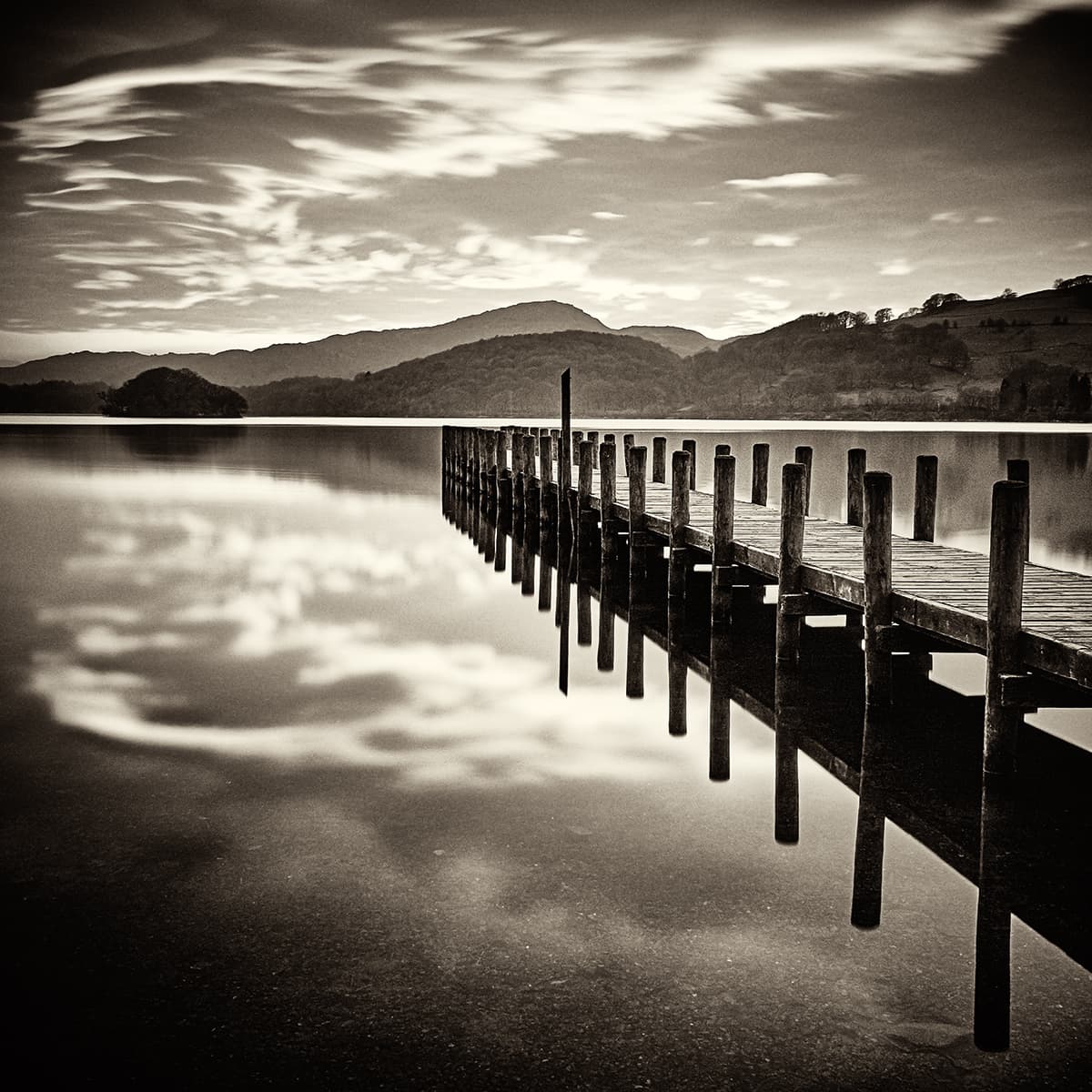
Necessity required a change of system, but that meant more time and energy for taking photographs
Back to the future
I’d always been a fan of Olympus cameras and lenses. When shooting film back in the 1980s I used OM-1N and OM-4 models, as I loved the small size, great build quality and very sharp Zuiko lenses. For these virtues, the E-M5 reminded me of using my old OM-4. It provided the basis for a small, lightweight system that allowed me to fit two camera bodies and a wide range of lenses into a smaller backpack that I was comfortable carrying around all day.
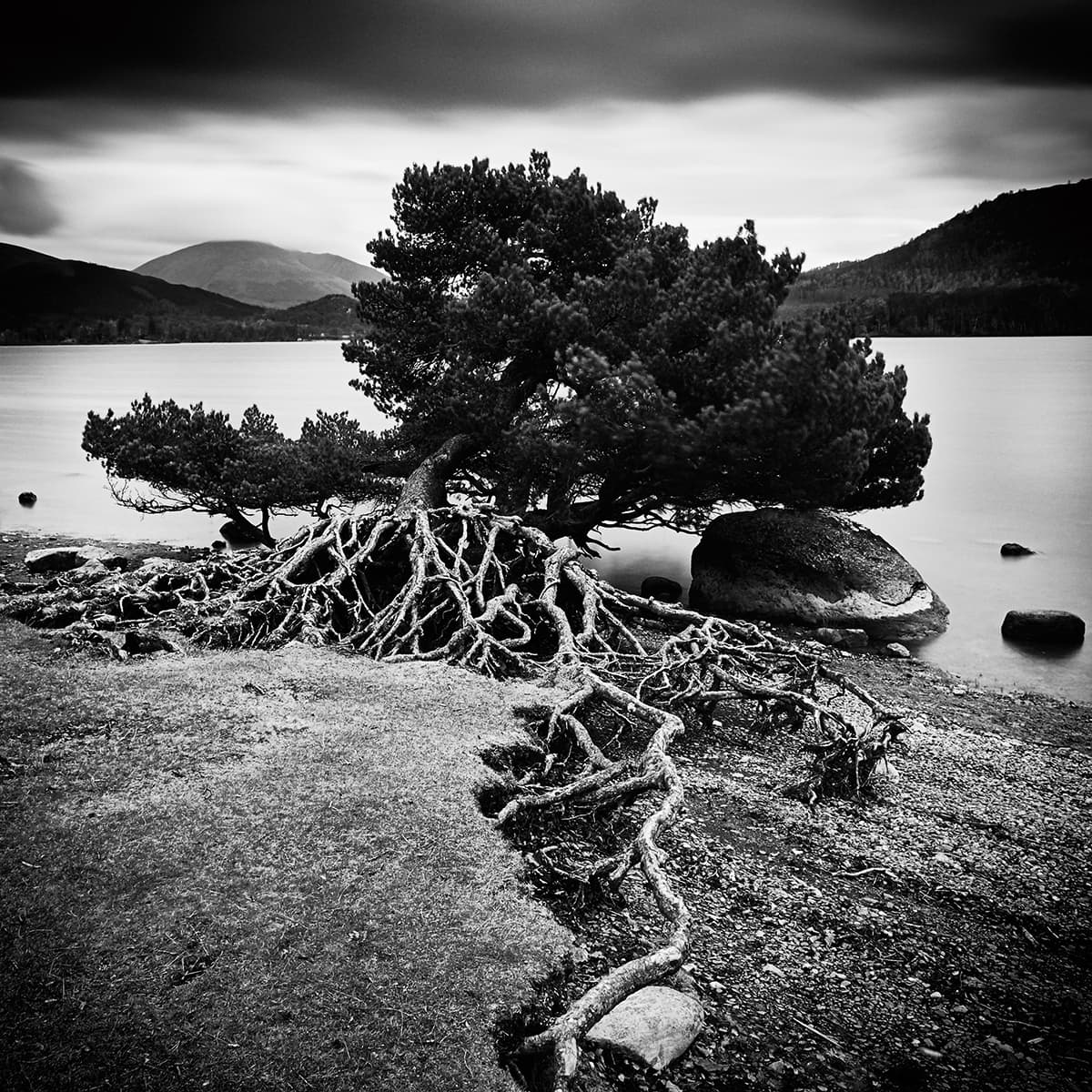
The freedom offered by a lightweight system has brought the joy back to photography
And the Olympus camera and lenses also enabled me to choose a lighter tripod as well as reduce the bulk of the filters I packed. The smaller Lee Seven5 filter system works well with the Micro Four Thirds prime lenses, adding further to a reduction in bulk and weight. My days of going to the gym just so I could lift my camera bag out in the field appeared to be finally over.
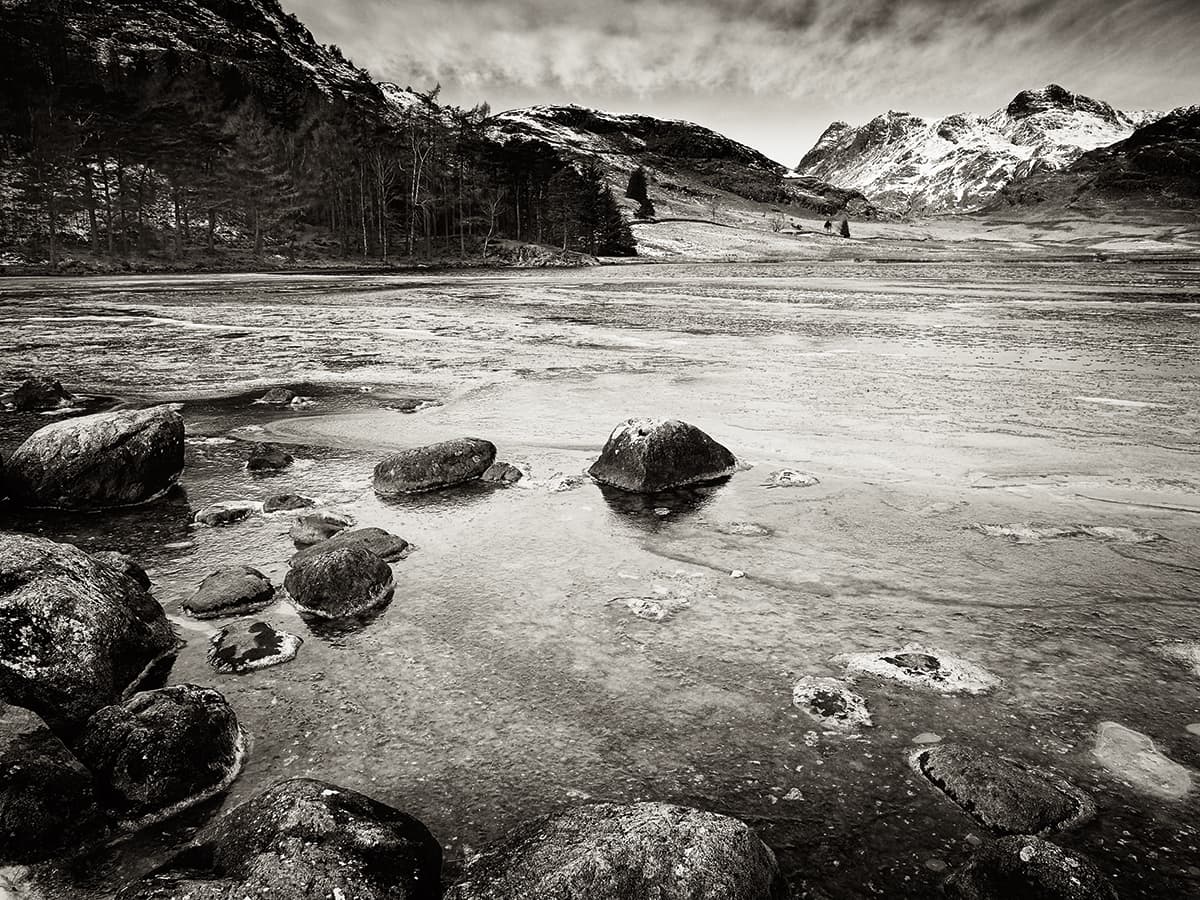
The range of quality Micro Four Thirds lenses, both prime and zoom, is another tempting selling point
However, the key question facing me (and others deliberating a move to a smaller format) was whether the image quality from the Micro Four Thirds sensor would be up to scratch for my professional work. The proof of the pudding would be in the eating, so early on I had some 30x20in prints produced from the raw files.
I was astounded by the impressive level of detail obtainable from a raw file. From that point on I knew that image quality wasn’tgoing to be a concern.
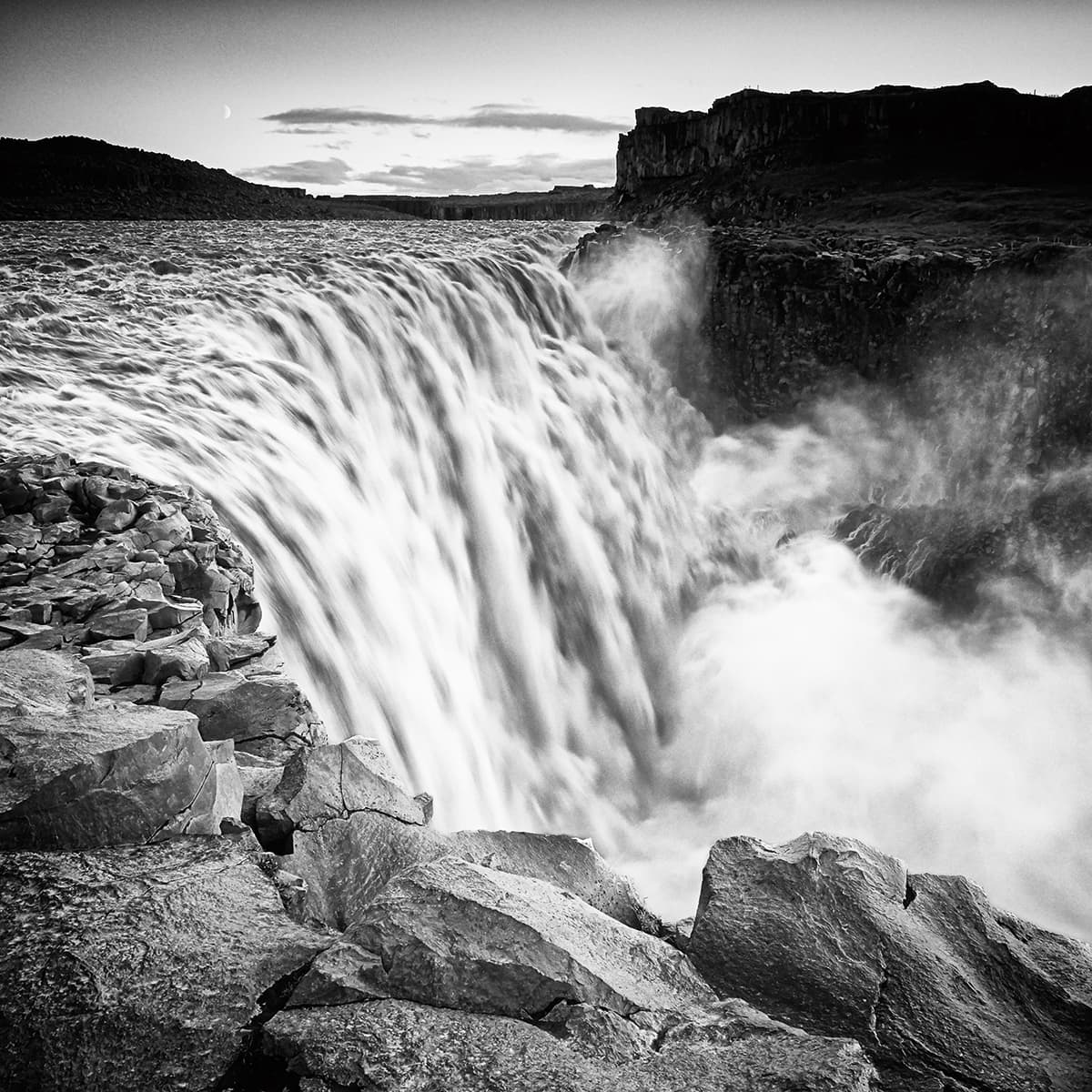
After producing large 30x20in prints, Steve had no concerns about image quality
All these positive factors soon encouraged my conversion to a mirrorless system and I subsequently sold all my DSLR kit.
I now have all the Olympus primes – the 12mm, 17mm, 25mm, 45mm, 60mm macro and the 75mm – as well as the 40-150mm and 12-40mm Pro lenses. The lenses are a real joy to use – well made, great image quality, fast apertures, and much smaller and lighter than the DSLR equivalents.
The range of Micro Four Thirds lenses available is one of the attractions of the system as an alternative to a traditional DSLR. Olympus, Panasonic, Sigma, Voigtländer and others all make a wide variety of lenses to cater for every budget and requirement.
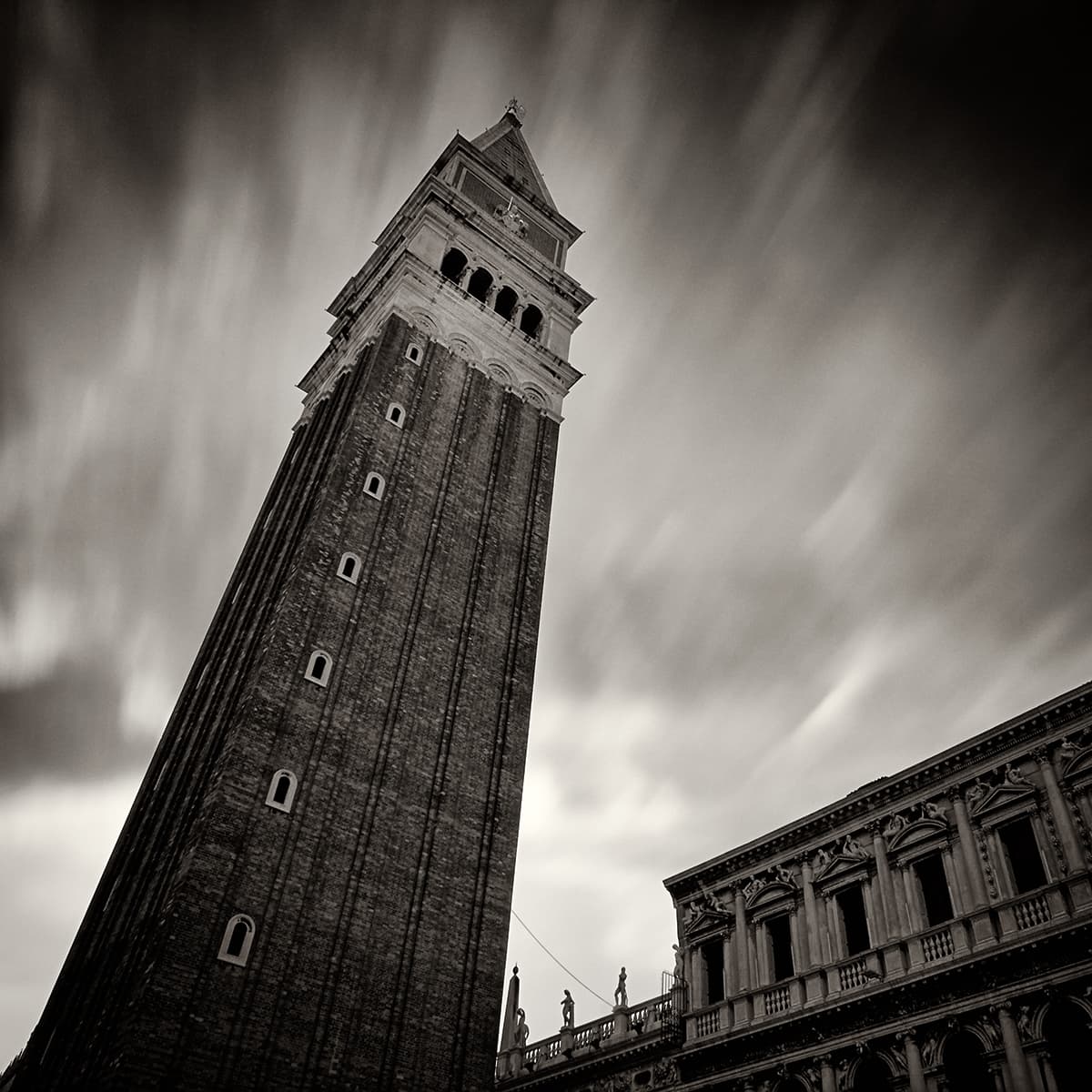
A lighter camera system also means you can carry lighter tripods and a smaller set of filters
Depth of field
As a landscape photographer, I’m often looking to maximise depth of field, so the smaller sensor gives me a distinct advantage over a full-frame DSLR. I can achieve an equivalent depth of field without stopping down to f/22 and thereby risking the negative effects of diffraction on image quality. Photographing landscapes at f/8 or f/11 means I get the required depth of field while shooting at the camera’s optical sweet spot.
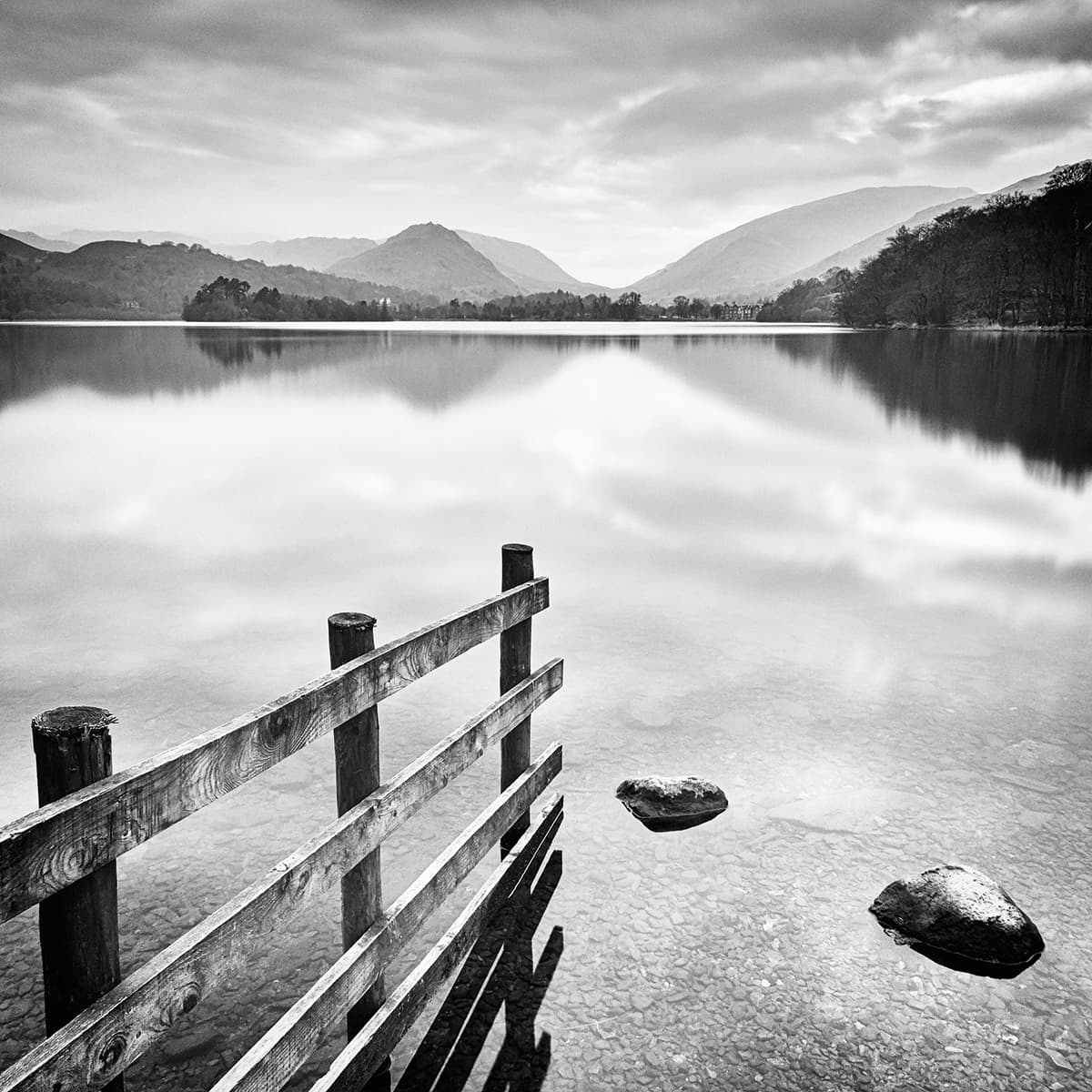
You don’t need to stop down to f/22 to maximise depth of field
Electronic viewfinders (EVFs) are still contentious with some photographers who remain enthusiastically wedded to the optical finders (OVFs) found on DSLRs. But EVFs are improving in quality all the time and I’ve reached a stage now where I don’t even think about an optical finder.
I’m happy to enjoy the advantages of an EVF that shows 100% of what I’m taking and gives me the WYSIWYG (what you see is what you get) benefits. Changes to exposure, colour balance and the effects of in-camera filters can all be seen through the viewfinder.
In fact, now, when I look through the optical viewfinder of a DSLR camera, it surprises me that I can’t see those things! I think EVFs are the viewing mode of the future, as quality improvements continue to be made and the benefits are acknowledged by all but the most die-hard OVF fans.
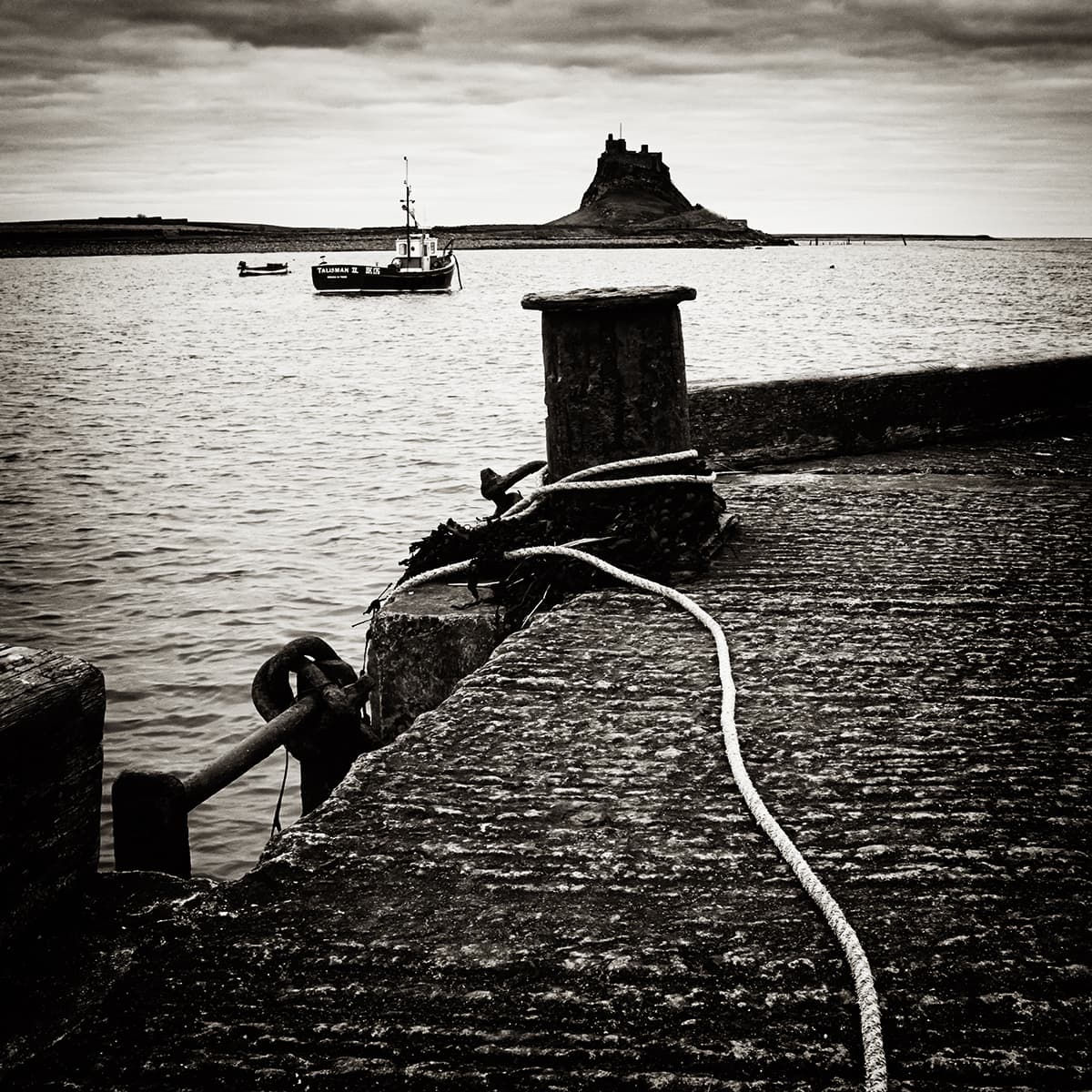
The EVF means you see exactly what you’re expecting to get when you fire the shutter
Although not a feature I use a lot for landscape photography, the silent shutters of CSCs are a real boon for many photographers who shoot street or event photography where discretion is essential. This is something that’s nigh on impossible with the distinctive ‘clunk’ of the mirror and focal-plane shutter of a DSLR.
Reasons to hold on?
So are there any reasons to hold onto our DSLRs? Well, I’ll say upfront that my answer to that question is no. I don’t own a DSLR camera now – I don’t need one for the type of photography that I do.
Those dedicated OVF fans might be hard to convert and photographers working in remote locations who have to eke out battery life for as long as possible will be glad they don’t have an EVF consuming vital power.
Sports and wildlife photographers might claim that the AF speed of many CSCs isn’t up to meeting their exacting needs. But this argument is rapidly diminishing in credibility as manufacturers improve both the phase detection and contrast detection AF systems in their mirrorless cameras.
So I’m struggling to find a valid argument to support the long-term viability of the DSLR. An existing investment of several thousand pounds in DSLR lenses is a persuasive factor, but not if the manufacturers can find a mirrorless solution that retains existing lens mounts. But then the resulting camera bodies won’t deliver the full benefits of a CSC by offering reduced size and bulk. I think it’s a nettle that will have to be grasped.
I have no regrets in making the switch from DSLRs when I did. My images haven’t suffered (far from it) and the process of going out and taking photographs is far more fun. Plus, my back has benefited, too – it’s a win all round, I’d say!
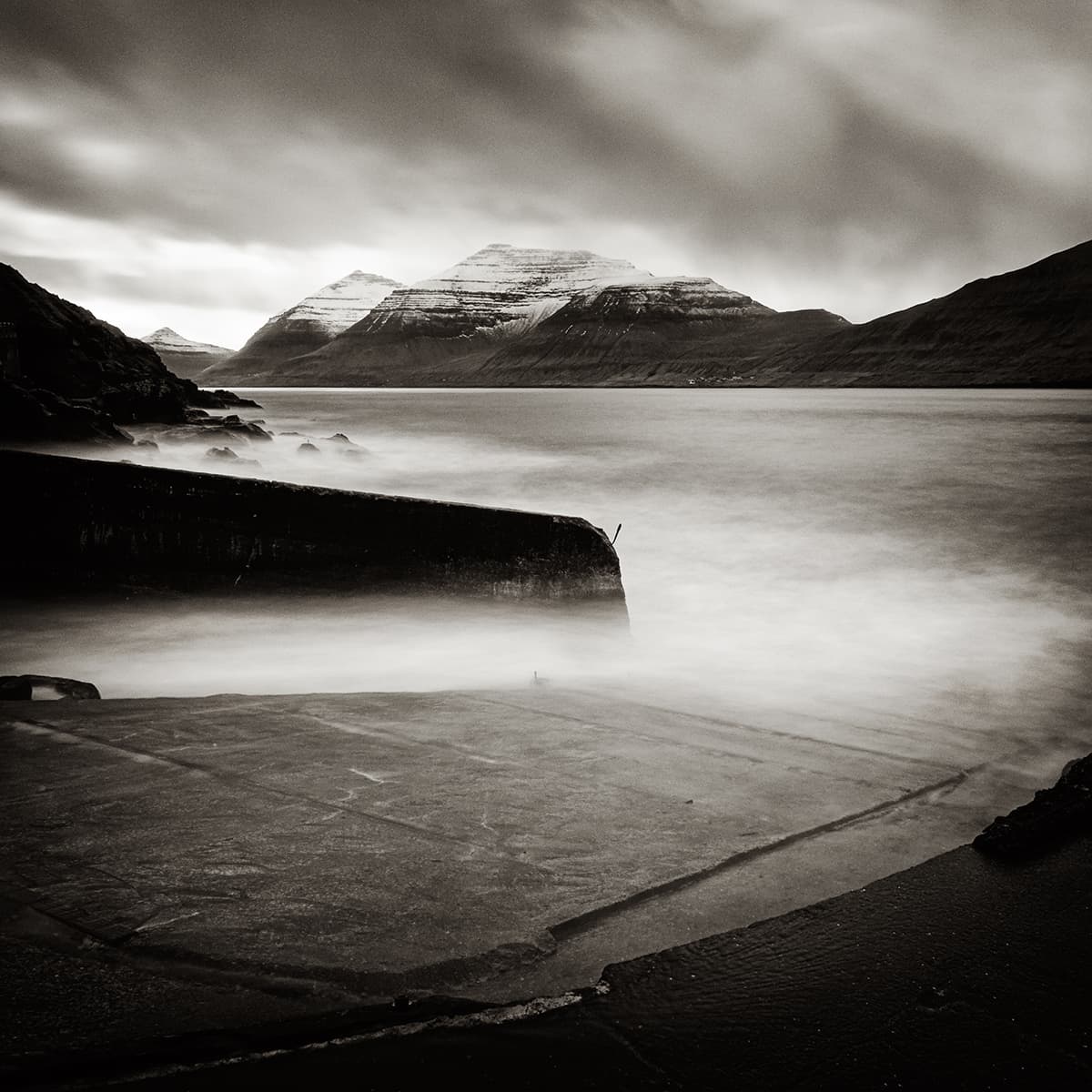
The live bulb is ideal for long exposures, allowing continuous assessment of the image as it’s exposed
Steve Gosling
Steve is a UK-based award-winning professional photographer who specialises in producing creative and contemporary landscape and travel images. His photographs have been published internationally across a wide range of media. stevegoslingphotography.co.uk
Kit list
Gitzo Traveler tripod
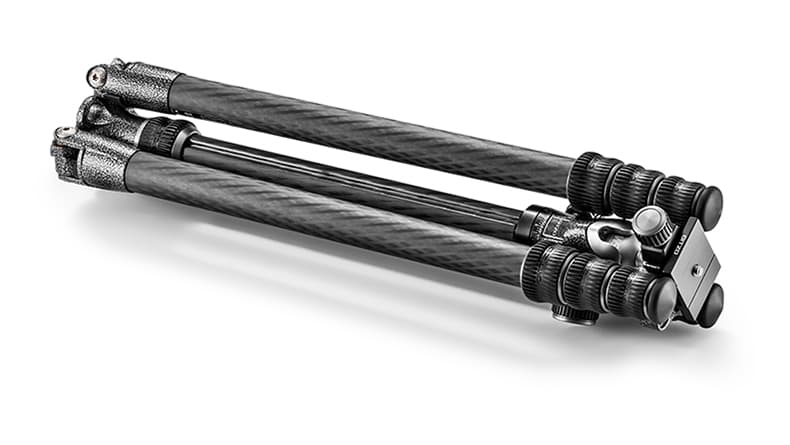
I have a selection of Gitzo tripods and the latest Gitzo Traveler model is ideal for when I’m working overseas. It will easily support my Olympus system, and is small and light enough to be packed in my bag.
Lee Seven5 filter system
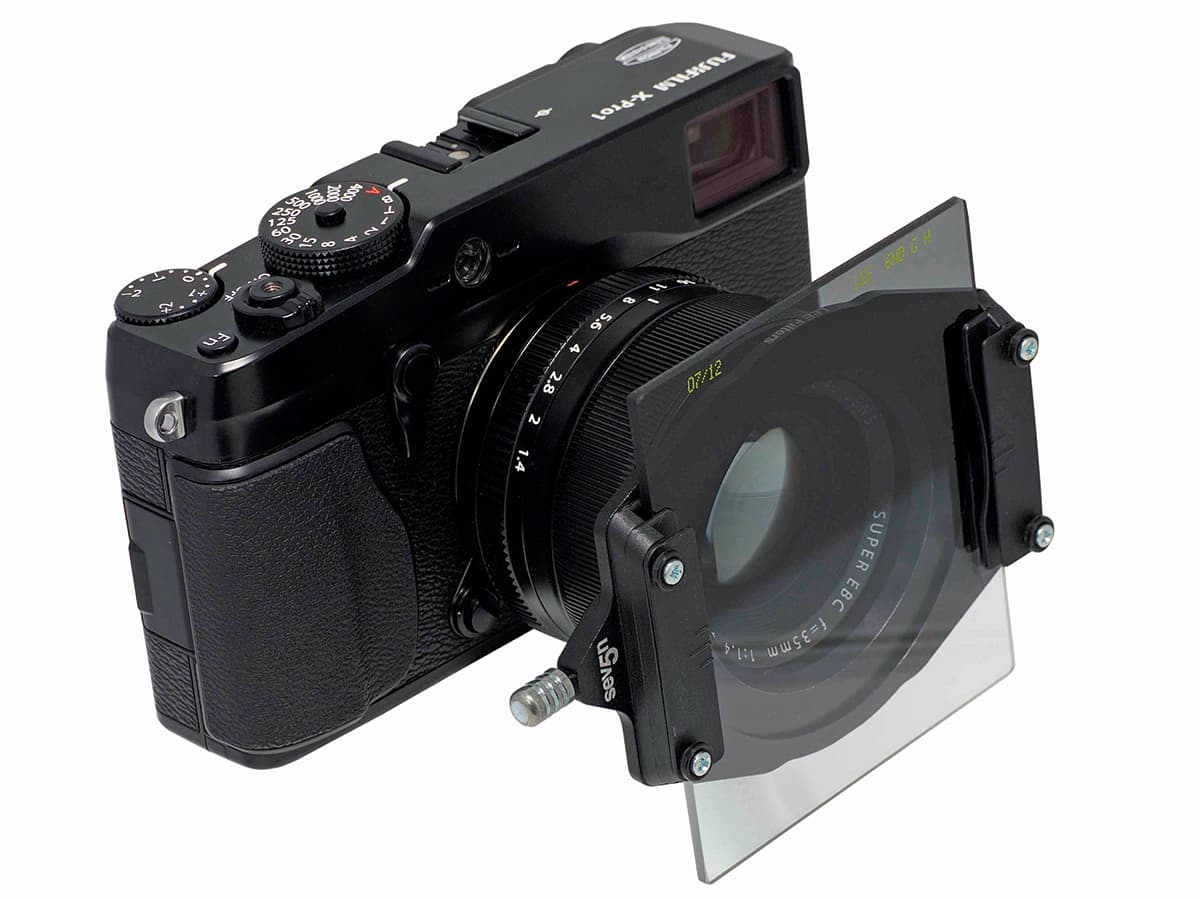
This is a compact but comprehensive system ideally suited to CSCs and their smaller lenses. I use ND graduated, ND and polarising filters on a regular basis.
Cable release
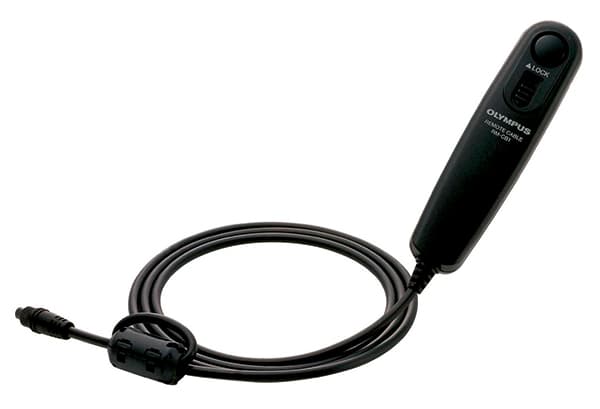
When I’m using a tripod it makes sense to fire the shutter with a cable release. If I’m taking an exposure of several seconds I don’t want to cause any unnecessary vibrations by touching the camera.
Think Tank Airport Essentials backpack

This backpack is the perfect match for a CSC-based system, being small, of excellent quality and with a well thought out design for the travelling photographer.







